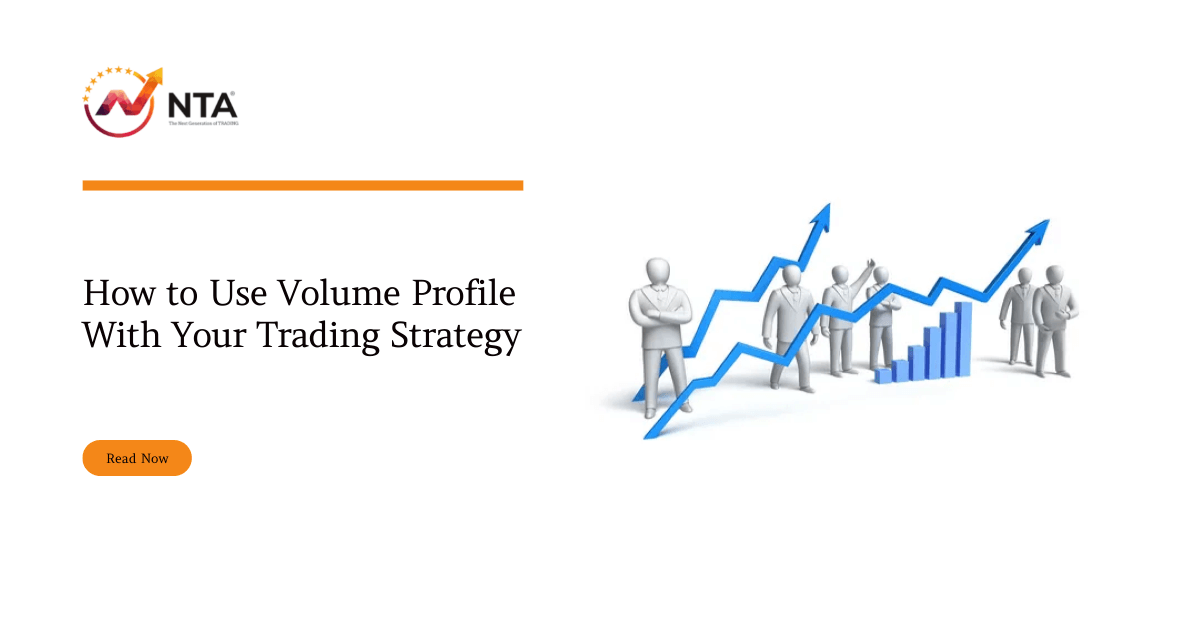When most people think about trading, the first thing that comes to mind is buying low and selling high. While this is a basic tenet of trading, it's not the only way to make money in the markets. Several strategies can be used depending on your goals and preferences. One strategy that has gained popularity in recent years is volume profile.
Volume profile allows traders to identify price areas where there is significant interest from buyers or sellers. This information can be used to find opportunities when other indicators may be giving mixed signals. This post will discuss how to use volume profiles with your trading strategy.
What is Volume Profile?
- A volume profile is a graph showing the trade amount at each price over a set period. This distinguishes a traditional horizontal volume profile from your chart.
- This volume indicator lets you see how many trades occurred at each price point.
- Volume on a time frame is meaningless because it tells you the buying or selling intensity within the current candle.
- A volume profile is a breakdown of how many shares are available, which is more effective for trade entry than traditional horizontal volume.
This volume indicator is explained using some terms which you need to understand.
VA: The Value Area is the price range in which 70% of the total volume was traded.
VAH: Value Area High is the highest price in the area, constituting 70% of the total value.
VAL: The Low-Value Area is the graph's section with the lowest price.
POC: The Point of Control is the price level at which the most volume was traded during a session.
How to trade with Volume Profile?
You can trade with the volume profile indicator in various ways.
Support and Resistance
- Traders use a volume profile to identify basic support and resistance levels.
- Using the Volume Profile as a support and resistance level identifier is reactive.
- The volume profile indicator differs from proactive methods like moving averages because it is based on past price action.
- Reactive methods can help assign meaning or significance to price levels that the market has already passed through.
- A low price level with more buy volume indicates a support level.
- A price level near the top of this indicator that favours the selling side volume strongly indicates a resistance level.
High Volume Nodes and Low Volume Nodes
- A High Volume Node is a price level with a lot of trading activity.
- HVN could be interpreted as a sign that the market is consolidating.
- The market stays at a price level for a long time compared to other levels in the profile.
- The HVN is a range-bound market where the price approaches a previous fair value area.
- Low Volume Nodes are points on a chart with a significant decrease in volume.
- A breakout rally or a breakdown typically causes low Volume Nodes.
- The decrease may indicate an "unfair value area" for the asset.
- The market spends less time at the value level because it is perceived as unfair.
Bottomline
So there you have it. Volume Profile is a powerful tool that, when used correctly, can give you an edge in the market. The key is to use it in conjunction with your existing trading strategy and not rely on it as the only thing determining your success or failure. Remember, technical analysis is a skill that takes time and practice to master – but if you’re willing to put in the work, Volume Profile can help you get closer to your goals. Are you ready to start using Volume Profile in your trading? Join our Technical Analysis course today, and we’ll show you how!
FAQ about Volume Profile
Do Professional Traders Use Volume Profile?
The answer is a resounding YES! Many retail and professional traders use the Volume Profile indicator to make trading decisions.
How good is Volume Profile?
There is no perfect indicator, and the Volume Profile is no different. However, it can be a helpful tool in your technical analysis arsenal when used correctly.
Which is better, Volume Profile or Market Profile?
There is no easy answer to this question. Both indicators have their unique advantages and disadvantages. Ultimately, it comes down to which one you feel more comfortable using and which fits better with your trading style.
